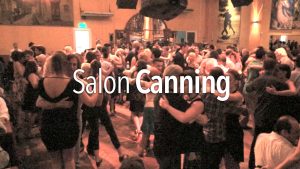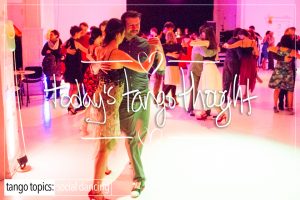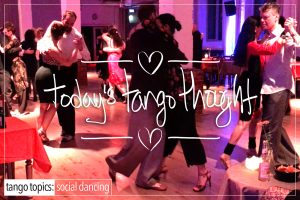You’re going to see it.
You’re not going to know that it’s choreography.
Nor how hard the couple worked to make it look so effortless.
This a series of planned steps, patterns, and figures timed (hopefully perfectly) to emphasize the music.
The part that should concern you is that this ‘performance’ will fool you into studying with them.
Let’s be clear about something: A performance is not social dancing! Not by any stretch of the imagination. And the difference between the two ideas (a performance and social dancing) could not be more stark, than in the presentation of the performance itself. Why ? Because what you’re not seeing is a representation of what actually happens in the line of dance, which is what you should be seeing. You should be seeing line of dance movement, and vocabulary, an emulation of what happens in the ronda, but instead you’re wowed by kicks, drops, drags, and movements/figures that take up ooodles of space on the dance floor, that you’ll more than likely never use, and that don’t and can not ever work in the line of dance at all.
Understand that the ability to teach, and the ability to dance, are not the same things!











